Businesses and organizations are continuously looking for methods to improve their efficiency, scalability, and responsiveness in the age of fast digital transformation. Cloud-native technologies and edge computing are two important new technologies that have arisen to address these demands. Despite the fact that both ideas constitute advances in computing, they address distinct facets of contemporary IT architecture and are widely recognized as complimentary. This paper explores the foundations, advantages, and convergence of cloud-native and edge computing technologies, emphasizing how they will influence digital innovation going forward.
Understanding Edge Computing
Instead of depending exclusively on a centralized cloud data center, edge computing is a paradigm that moves processing and data storage closer to the actual site where they are needed. Reducing latency, improving real-time data processing, and easing bandwidth restrictions are the main goals of processing data as near to the source as feasible.
Edge computing entails the deployment of computational resources at or close to the site where data is generated. This closeness is especially helpful in situations like remote healthcare monitoring, industrial automation, and autonomous cars where low latency is essential.
Decreased Latency Edge computing drastically cuts down on the amount of time data must travel back and forth to a central server by processing data closer to the source, resulting in quicker response times.
Bandwidth optimization Edge computing enables the filtering and aggregation of data locally, sending only the most relevant data to the cloud, hence optimizing bandwidth utilization, as opposed to forwarding all raw data to a centralized data center.
Enhanced Security and Privacy Edge computing helps reduce the danger of data breaches or loss during transmission because data is processed locally. Applications that handle private or sensitive data will find this to be extremely helpful.
Benefits of Edge Computing:
Enhanced Performance: By decreasing latency and speeding up processing times for time-sensitive applications, edge computing provides a more responsive user experience.
Cost-Effectiveness: Edge computing can minimize bandwidth expenses and eliminate the need for pricey, high-capacity internet connections by reducing the quantity of data that must be sent to and from the cloud.
Scalability: By enabling local data processing and distributed workloads over multiple edge nodes, edge computing facilitates the quick scalability of applications.
Introduction to Cloud-Native Technologies
A collection of methods and resources used to create, implement, and oversee applications created especially for cloud settings is referred to as cloud-native technology. These technologies deliver cutting-edge solutions quickly and at scale by utilizing the scalability, flexibility, and resilience of cloud platforms.
Edge Computing and Cloud Native Technologies: Bridging the Future of Digital Innovation
In the era of rapid digital transformation, businesses and organizations are constantly seeking ways to enhance their efficiency, scalability, and responsiveness. Two key technologies that have emerged to meet these needs are edge computing and cloud-native technologies. While both concepts represent advancements in computing, they cater to different aspects of modern IT infrastructure and are increasingly seen as complementary. This essay delves into the fundamentals, benefits, and convergence of edge computing and cloud-native technologies, highlighting how they collectively shape the future of digital innovation.
Understanding Edge Computing
Edge computing is a paradigm that brings computation and data storage closer to the physical location where it is needed, rather than relying solely on a centralized cloud data center. The core idea is to process data as close to the source as possible, reducing latency, enhancing real-time data processing, and alleviating bandwidth constraints.
Key Characteristics of Edge Computing:
- Proximity to Data Sources: Edge computing involves deploying compute resources at or near the location of data generation. This proximity is particularly useful in scenarios where low latency is critical, such as autonomous vehicles, industrial automation, and remote healthcare monitoring.
- Reduced Latency: By processing data closer to the source, edge computing significantly reduces the time it takes for data to travel back and forth to a central server, leading to faster response times.
- Bandwidth Optimization: Instead of transmitting all raw data to a centralized data center, edge computing allows for the filtering and aggregation of data locally, sending only the most relevant data to the cloud, thereby optimizing bandwidth usage.
- Enhanced Security and Privacy: Since data is processed locally, edge computing can help minimize the risk of data breaches or loss during transmission. This is especially valuable for applications handling sensitive or private data.
Benefits of Edge Computing:
- Improved Performance: Edge computing delivers a more responsive user experience by reducing latency and improving processing times for time-sensitive applications.
- Cost Efficiency: By minimizing the amount of data that needs to be transmitted to and from the cloud, edge computing can lower bandwidth costs and reduce the need for expensive, high-capacity internet connections.
- Scalability: Edge computing supports the rapid scaling of applications by allowing for local data processing and distributed workloads across numerous edge nodes.
Introduction to Cloud-Native Technologies
Cloud-native technologies refer to a set of practices and tools used to develop, deploy, and manage applications designed specifically for cloud environments. These technologies leverage the scalability, flexibility, and resilience of cloud platforms to deliver innovative solutions at speed and scale.
Key Components of Cloud-Native Technologies:
Microservices Architecture: Applications that are cloud-native are frequently constructed as a group of tiny, loosely linked services, each of which is in charge of carrying out a particular business task. Different application components can be developed, deployed, and scaled independently thanks to this modular architecture.
Containers: Comprising a program and its dependencies, containers are small, lightweight entities that provide reliable performance in a variety of computer settings. Popular tools for managing containers in cloud-native applications are Docker and Kubernetes.
Orchestration and Automation: The deployment, scaling, and management of containerized applications may be automated with the help of tools like Kubernetes. This makes it possible for programs to function properly and effectively even in challenging settings.
Continuous Integration/Continuous Deployment, or CI/CD, and DevOps: DevOps approaches, which encourage cooperation between development and operations teams, are emphasized by cloud-native technology. Testing, integration, and deployment are all automated via CI/CD pipelines, allowing for dependable, fast software releases.

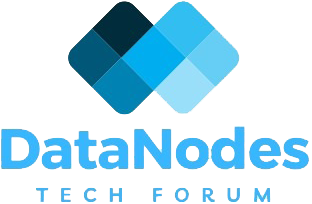
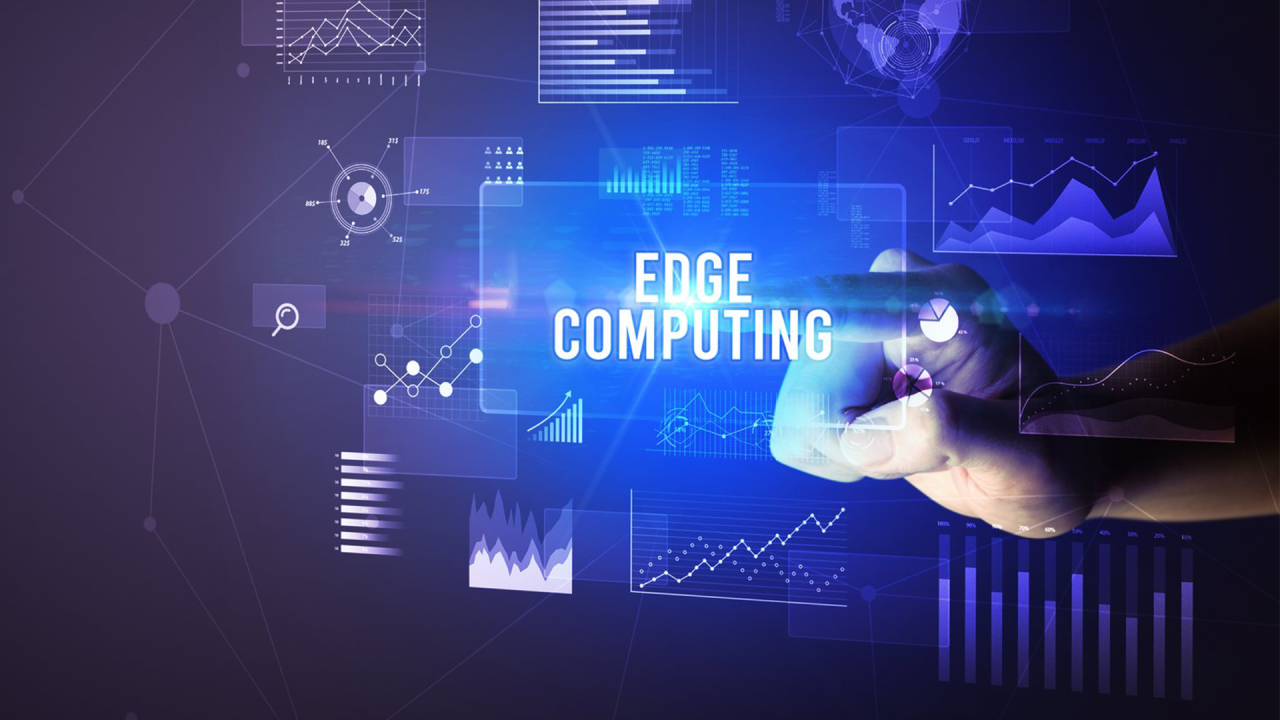
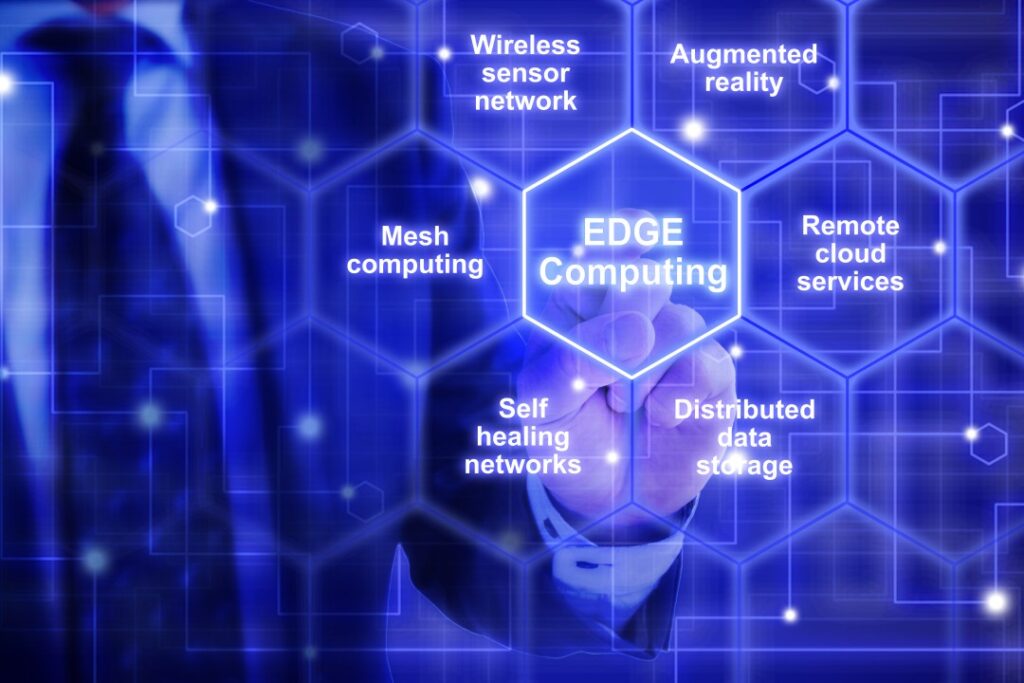
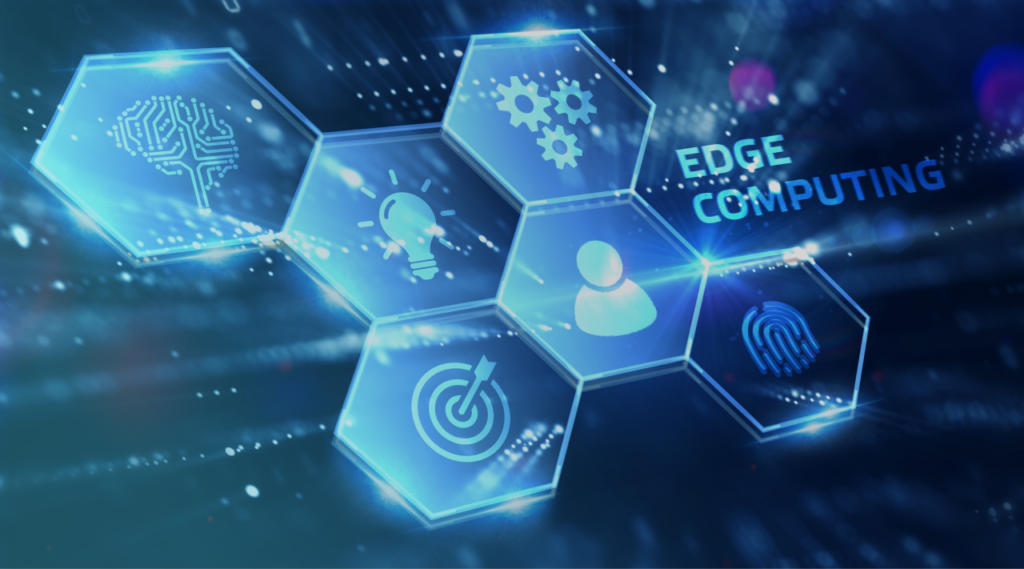


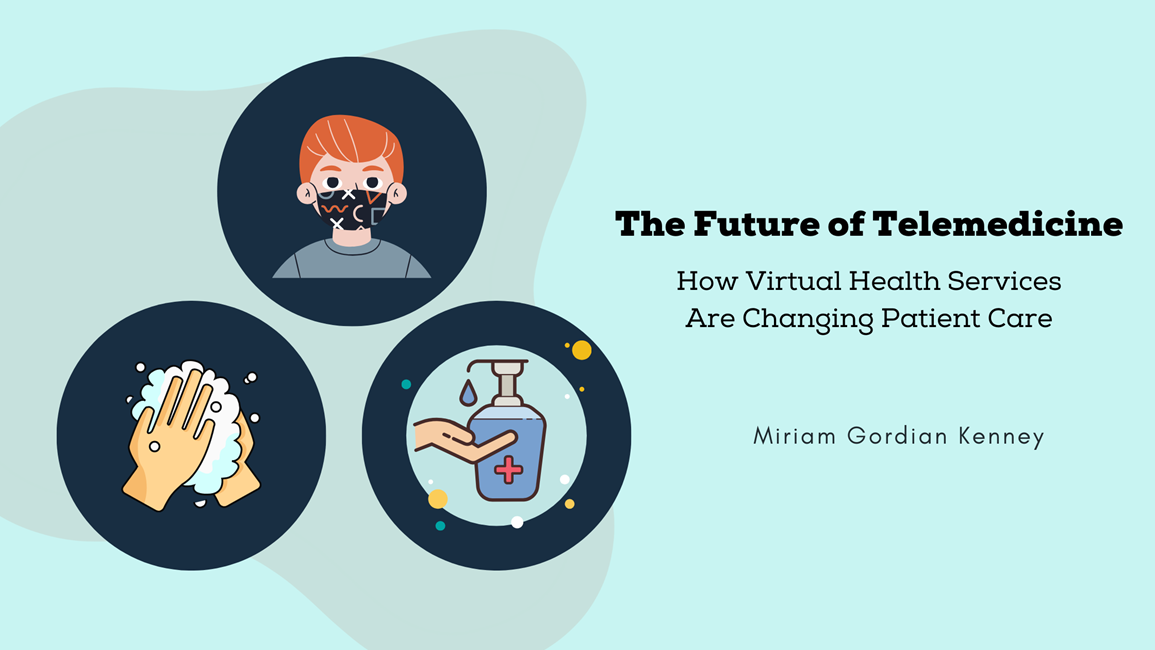
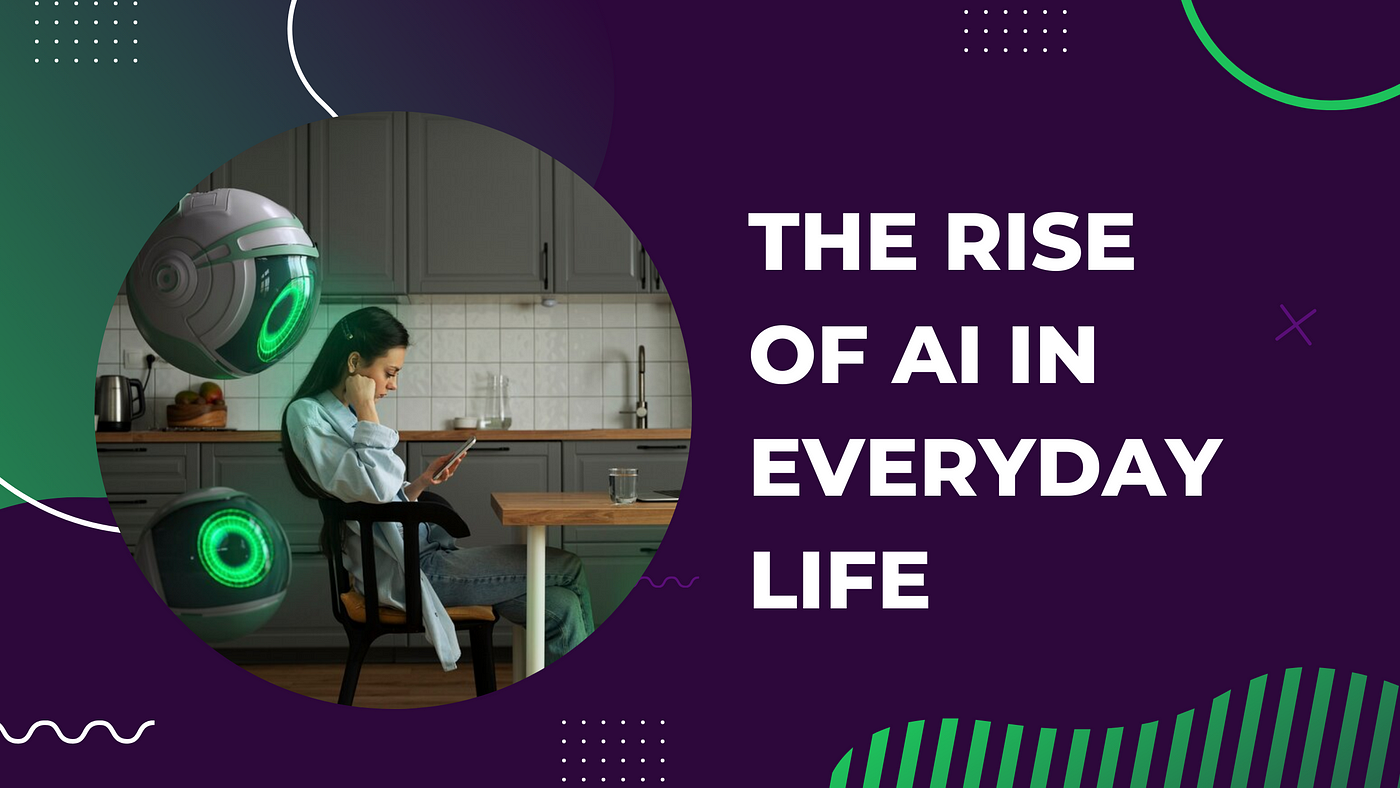



Leave a Reply